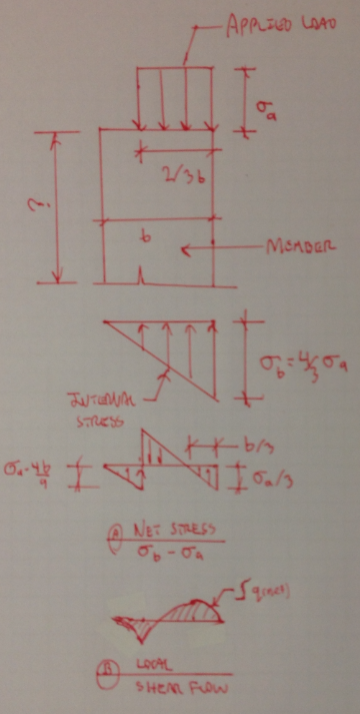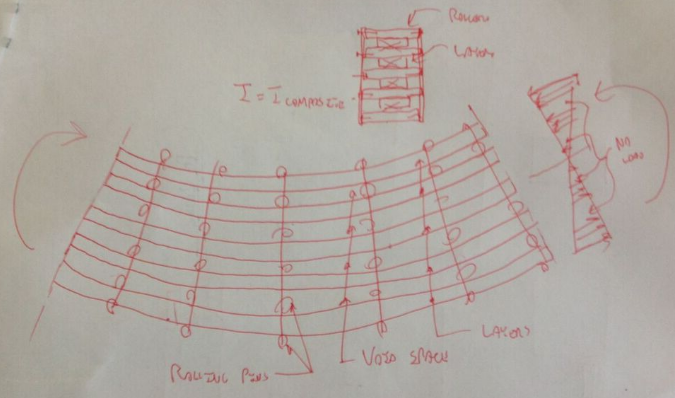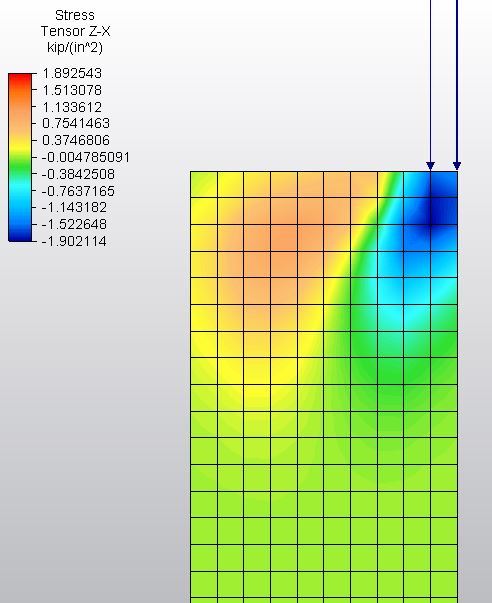If a composite member has a uniform moment along it's length (dM=0), how do I calculate the required shear flow capacity between it's bonded components for composite behavior?
I understand this is a little academic for these boards, but separating the theory conversation from the application should keep the discussion on topic.
Structural, Alberta
I understand this is a little academic for these boards, but separating the theory conversation from the application should keep the discussion on topic.
Structural, Alberta



